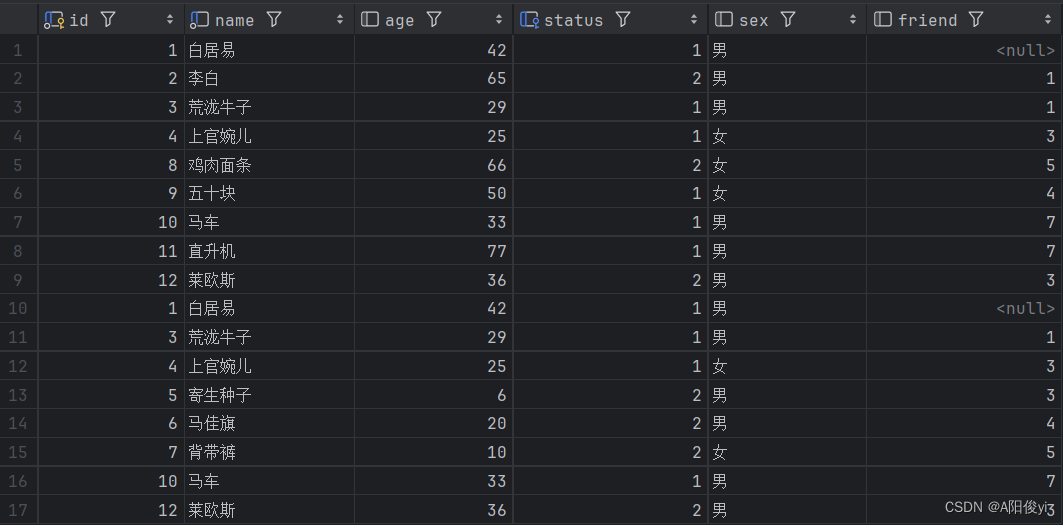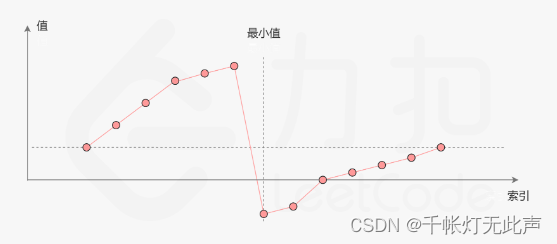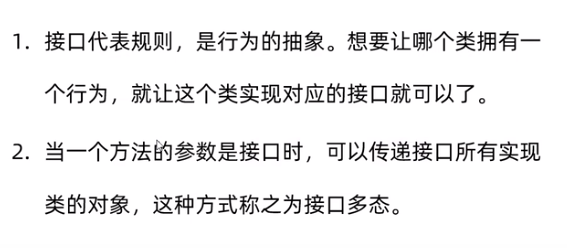目录
4、创建包含LowCardinality,Nullable,Decimal类型的建表语句及插入语句
clickhouse的数据类型分为:基础类型,复合类型,特殊类型
一、基础数据类型
1、整数类型
ClickHouse支持多种整数类型,包括有符号和无符号整数。这些类型包括:
UInt8,UInt16,UInt32,UInt64:无符号整数。Int8,Int16,Int32,Int64:有符号整数。
| 名称 | 字节 | 范围 | 类型对应 |
| Int8 | 1 | -128 ~ 127 | byte |
| Int16 | 2 | -32768 ~ 32767 | short |
| Int32 | 4 | -2147483648 ~ 2147483647 | int |
| Int64 | 8 | -9223372036854775808 ~ 9223372036854775807 | bigint |
| UInt8 | 1 | 0 ~ 255 | Unsigned byte |
| UInt16 | 2 | 0 ~ 65535 | Unsigned short |
| UInt32 | 4 | 0 ~ 4294967295 | Unsigned int |
| UInt64 | 8 | 0 ~ 18446744073709551615 | Unsigned bigint |
整数类型的选择取决于数据的范围和存储需求。
2、浮点数类型
ClickHouse提供了两种浮点数类型:
Float32:单精度浮点数。Float64:双精度浮点数。
| 名称 | 字节 | 小数点有效位数 | 类型对应 |
|---|---|---|---|
| Float32 | 4 | 7 | float |
| Float64 | 8 | 16 | double |
这些类型适用于存储浮点数数据。
3、布尔类型
Bool:布尔类型,可以存储0(假)或1(真)。
4、字符串和固定字符串
String:可变长度的字符串。FixedString(N):固定长度的字符串,N是字符串的长度,长度超过N,会报错;长度不足N, 用null字节填充末尾- UUID:唯一值,32位,格式位8-4-4-4-12,默认都是0填充。例如:e50157b5-c809-411f-bb8d-3870ffa883bb
固定字符串类型可以提高查询性能,因为它们在内存中占用固定空间。
5、日期和时间类型
Date:日期,格式为YYYY-MM-DD。DateTime:日期和时间,格式为YYYY-MM-DD hh:mm:ss。DateTime64:具有时间精度的日期和时间。
DateTime类型支持时区,而DateTime64则支持更细粒度的时间精度。
6、创建基础数据类型的建表语句及插入语句
CREATE TABLE mixed_data_types (
id UInt64,
float_value Float64,
is_active Bool,
description String,
code FixedString(10),
created_date Date,
updated_time DateTime
) ENGINE = MergeTree()
ORDER BY id;
#插入语句
INSERT INTO mixed_data_types (id, float_value, is_active, description, code, created_date, updated_time)
VALUES
(1, 123.456, true, 'Sample description', 'ABC123456', '2023-01-01', '2023-01-01 12:00:00');
解释各字段类型:
id UInt64 - 这是一个64位无符号整数类型,用于存储唯一的标识符或ID。
float_value Float64 - 这是一个64位浮点数类型,用于存储需要高精度的小数点数值。
is_active Bool - 这是一个布尔类型字段,用于存储逻辑值(真或假)。在ClickHouse中,布尔值实际上是以8位整数形式存储的,其中0表示False,非零值表示True。
description String - 这是一个变长字符串类型,用于存储描述性的文本数据,如备注或说明。
code FixedString(10) - 这是一个固定长度字符串类型,长度为10个字符。这种类型适合存储固定长度的代码或标识符,如产品代码或邮编。
created_date Date - 这是一个日期类型,用于存储日期信息,格式为YYYY-MM-DD。
updated_time DateTime - 这是一个日期时间类型,用于存储日期和时间信息,格式为YYYY-MM-DD HH:MM:SS。二、复合数据类型
1、数组
ClickHouse支持数组类型,格式为Array(T),其中T是数组中的元素类型。
数组的定义
[1,2,3,4.5]
array('a','b','c')
[1,2,3,'hello'] --错误,数据类型不一致
create table test_array(
id Int8,
hobby Array(String)
)engine=Memory;
insert into test_array values(1,['eat','drink','la','sa']),(2,array('sleep','play'));
select * from test_array;
┌─id─┬─hobby─────────────────────┐
│ 1 │ ['eat','drink','la','sa'] │
│ 2 │ ['sleep','play'] │
└────┴───────────────────────────┘
select id,hobby,toTypeName(hobby) from test_array;
┌─id─┬─hobby─────────────────────┬─toTypeName(hobby)─┐
│ 1 │ ['eat','drink','la','sa'] │ Array(String) │
│ 2 │ ['sleep','play'] │ Array(String) │
└────┴───────────────────────────┴───────────────────┘
select id,hobby[1],toTypeName(hobby) from test_array; --数组的取值 [index] index范围:1-based
┌─id─┬─arrayElement(hobby, 1)─┬─toTypeName(hobby)─┐
│ 1 │ eat │ Array(String) │
│ 2 │ sleep │ Array(String) │
└────┴────────────────────────┴───────────────────┘2、元组
元组类型允许将多个不同类型的列组合在一起,格式为Tuple(T1, T2, ..., Tn)。
select (1,2,'s',5.6) as x ,toTypeName(x);
┌─x─────────────┬─toTypeName((1, 2, 's', 5.6))─────────┐
│ (1,2,'s',5.6) │ Tuple(UInt8, UInt8, String, Float64) │
└───────────────┴──────────────────────────────────────┘
create table test_tuple(
c1 Tuple(UInt8,String,Float64)
)engine=Memory;
insert into test_tuple values((12,'ads',12.132)),(tuple(34,'fre',34.2));
select * from test_tuple;
┌─c1────────────────┐
│ (12,'ads',12.132) │
│ (34,'fre',34.2) │
└───────────────────┘3、枚举类型
枚举类型用于存储有限数量的值,格式为Enum('value1' = num1, 'value2' = num2, ...)。
create table test_enum(
id Int8,
color Enum('RED'=1,'GREEN'=2,'BLUE'=3)
)engine=Memory;
insert into test_enum values(1,'RED');
insert into test_enum values(2,2);
select * from test_enum;
┌─id─┬─color─┐
│ 1 │ RED │
└────┴───────┘
┌─id─┬─color─┐
│ 2 │ GREEN │
└────┴───────┘4、嵌套数据结构
嵌套数据结构允许创建复杂的数据结构,格式为Nested(Name Type, Name Type, ...)。
create table test_nested(
id Int8,
name String,
scores Nested(
times UInt8,
maths Float64,
chinese Float64,
english Float64 )
)engine=Memory;
desc test_nested;
┌─name───────────┬─type───────────┬─default_type─┬─default_expression─┬─comment─┬─codec_expression─┬─ttl_expression─┐
│ id │ Int8 │ │ │ │ │ │
│ name │ String │ │ │ │ │ │
│ scores.times │ Array(UInt8) │ │ │ │ │ │
│ scores.maths │ Array(Float64) │ │ │ │ │ │
│ scores.chinese │ Array(Float64) │ │ │ │ │ │
│ scores.english │ Array(Float64) │ │ │ │ │ │
└────────────────┴────────────────┴──────────────┴────────────────────┴─────────┴──────────────────┴────────────────┘
insert into test_nested values(1,'wyb',[1,2,3],[11,12,13],[14,15,16],[17,18,19]);
insert into test_nested values(2,'lyf',[1,2,],[21,22],[23,16],[25,19]);
select * from test_nested;
┌─id─┬─name─┬─scores.times─┬─scores.maths─┬─scores.chinese─┬─scores.english─┐
│ 1 │ wyb │ [1,2,3] │ [11,12,13] │ [14,15,16] │ [17,18,19] │
└────┴──────┴──────────────┴──────────────┴────────────────┴────────────────┘
┌─id─┬─name─┬─scores.times─┬─scores.maths─┬─scores.chinese─┬─scores.english─┐
│ 2 │ lyf │ [1,2] │ [21,22] │ [23,16] │ [25,19] │
└────┴──────┴──────────────┴──────────────┴────────────────┴────────────────┘
select name,scores.maths from test_nested where id=1;
┌─name─┬─scores.maths─┐
│ wyb │ [11,12,13] │
└──────┴──────────────┘5、Map
Map类型的一般语法如下:
Map(K, V)Map(K,V)
其中:
K是键的类型。V是值的类型。
键和值可以是ClickHouse支持的任何数据类型。
create table test_map (
a Map(String,Int8)
)engine=Memory;
insert into test_map values(map('key1',1,'key2',10,'key3',2,'key4',20));
select a['key2'] from test_map;
┌─arrayElement(a,'key2')──┐
│ 10 │
└─────────────────────────┘三、特殊数据类型
1、低基数编码(LowCardinality)
LowCardinality(T)类型允许存储大量重复值的列,而只使用少量的内存。
2、Nullable
Nullable(T)类型允许存储NULL值,其中T是基本数据类型。
3、Decimal
Decimal(P, S)类型用于存储固定精度的小数,其中P是精度,S是小数位数。
4、创建包含LowCardinality,Nullable,Decimal类型的建表语句及插入语句
CREATE TABLE product_sales (
product_id UInt64,
category LowCardinality(String),
price Decimal(10, 2),
supplier Nullable(String),
sale_date Date
) ENGINE = MergeTree()
ORDER BY (product_id, sale_date);
INSERT INTO product_sales (product_id, category, price, supplier, sale_date)
VALUES
(1, 'Electronics', 123.45, 'Tech Supplier Inc.', '2023-01-01'),
(2, 'Clothing', 99.99, NULL, '2023-01-02'),
(3, 'Books', 15.99, 'Bookstore Ltd.', '2023-01-03');
select * from product_sales
解释
category LowCardinality(String):LowCardinality类型用于优化那些具有相对较少不同值的列(即低基数),它可以显著减少存储空间和加快查询速度。这里的category字段用于存储产品类别。
price Decimal(10, 2):Decimal类型用于存储固定精度的小数,这里Decimal(10, 2)表示总位数为10位,其中小数点后有2位。适合存储商品价格这类需要精确到几分钱的数值。
supplier Nullable(String):Nullable类型允许字段值为NULL,这对于处理可能缺失的数据非常有用。在这里,supplier字段可能没有值,因此使用了Nullable类型。
注意
当使用
Nullable类型插入数据时,如果字段值未知或不适用,可以使用NULL来表示。Decimal类型的值在插入时应准确匹配定义的精度,否则可能会导致错误。
四、性能优化的数据类型
ClickHouse的数据类型设计考虑了性能优化,例如:
- 使用
UInt类型代替Int类型,因为正数比负数更常见,这可以减少存储需求。 - 使用
LowCardinality类型来减少重复值的存储。 - 使用
Nullable类型来存储可能包含NULL值的数据。



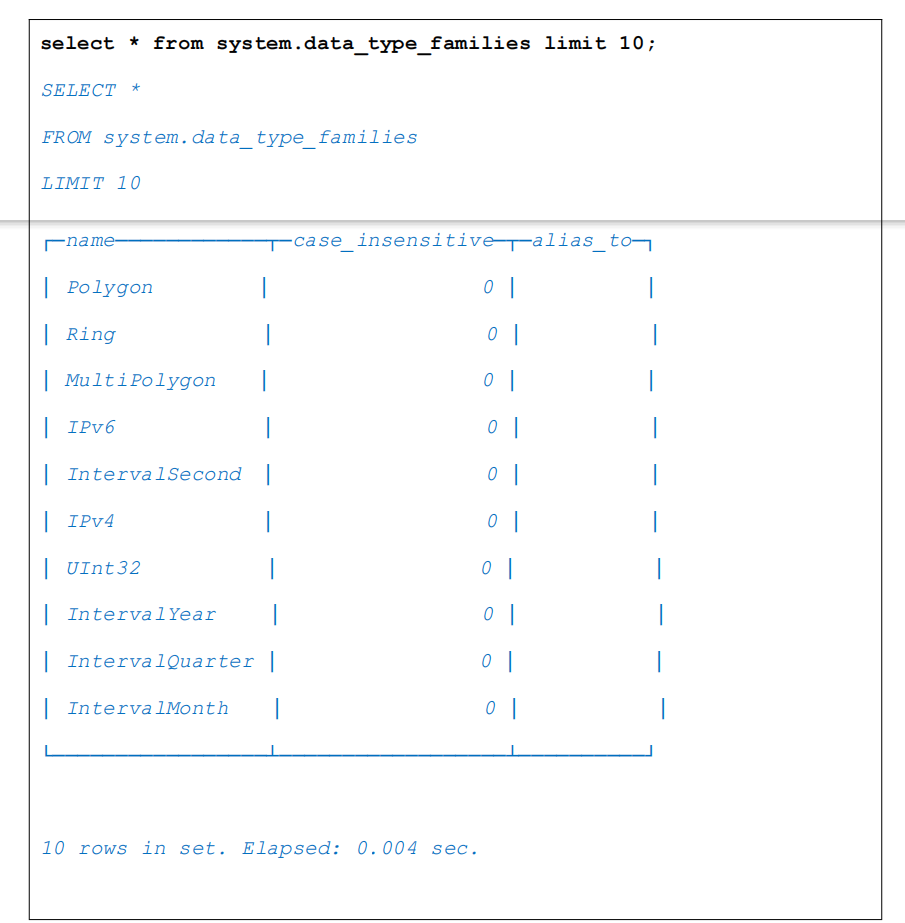



















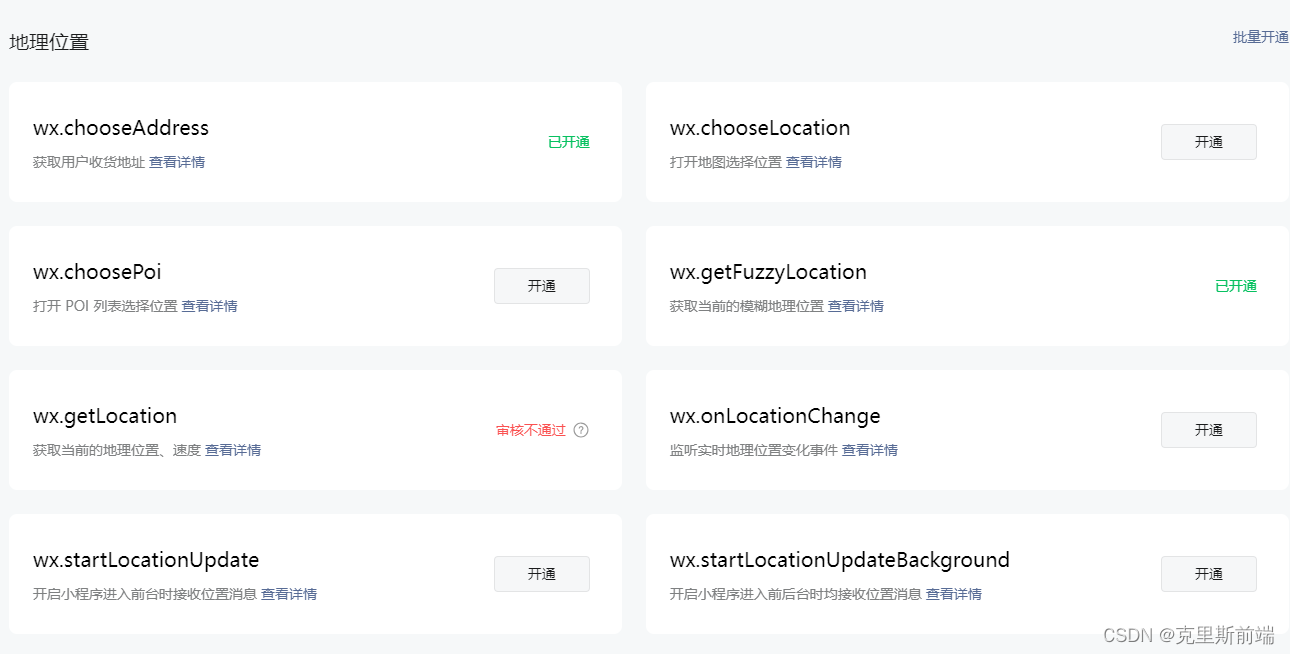




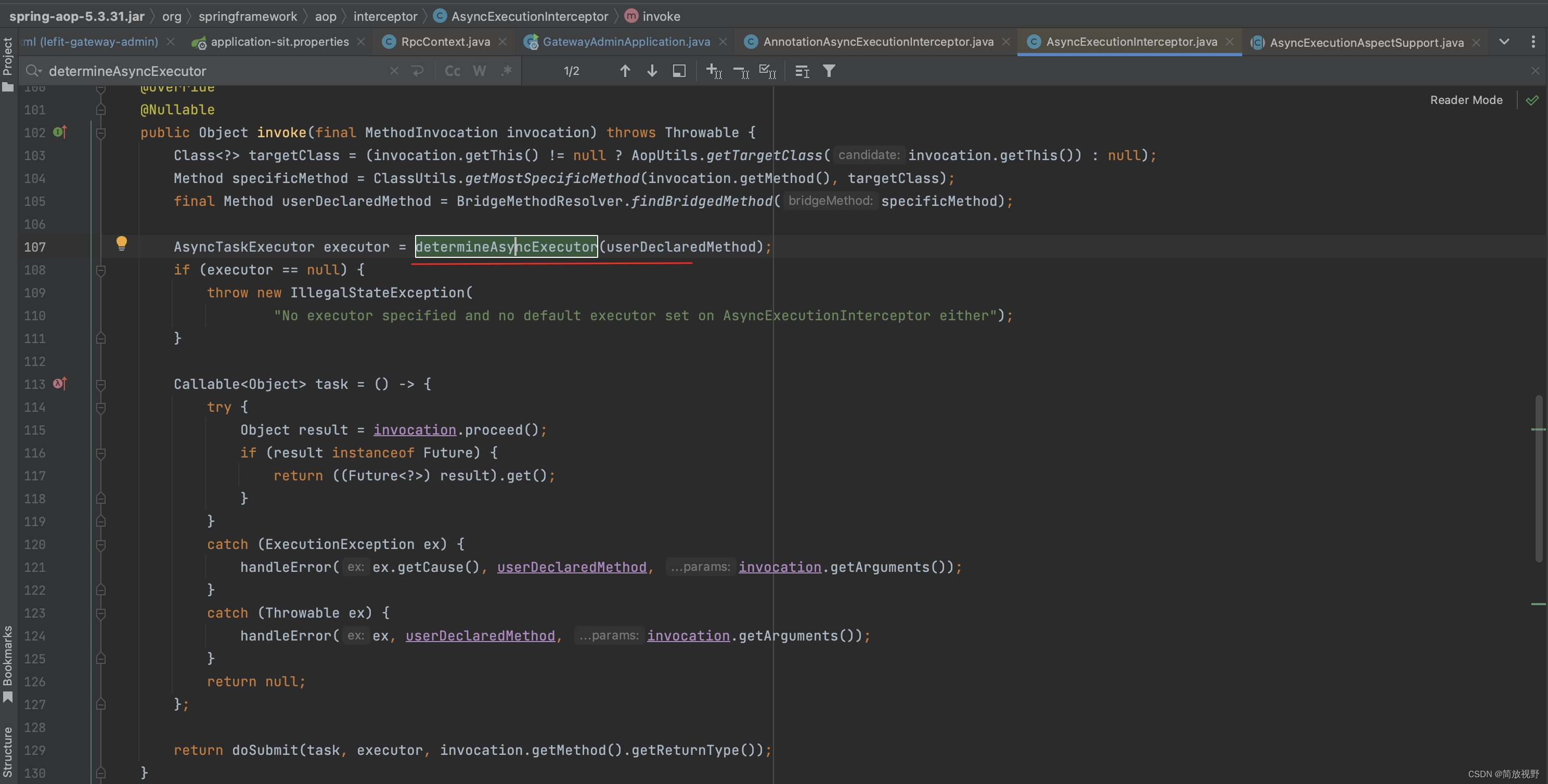
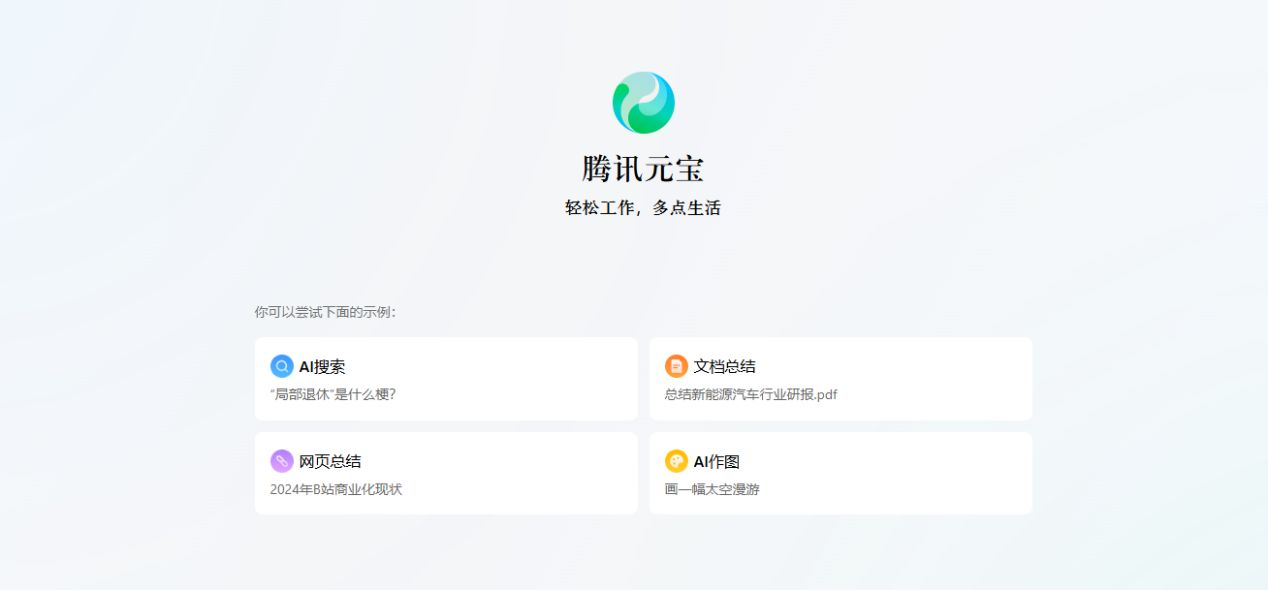
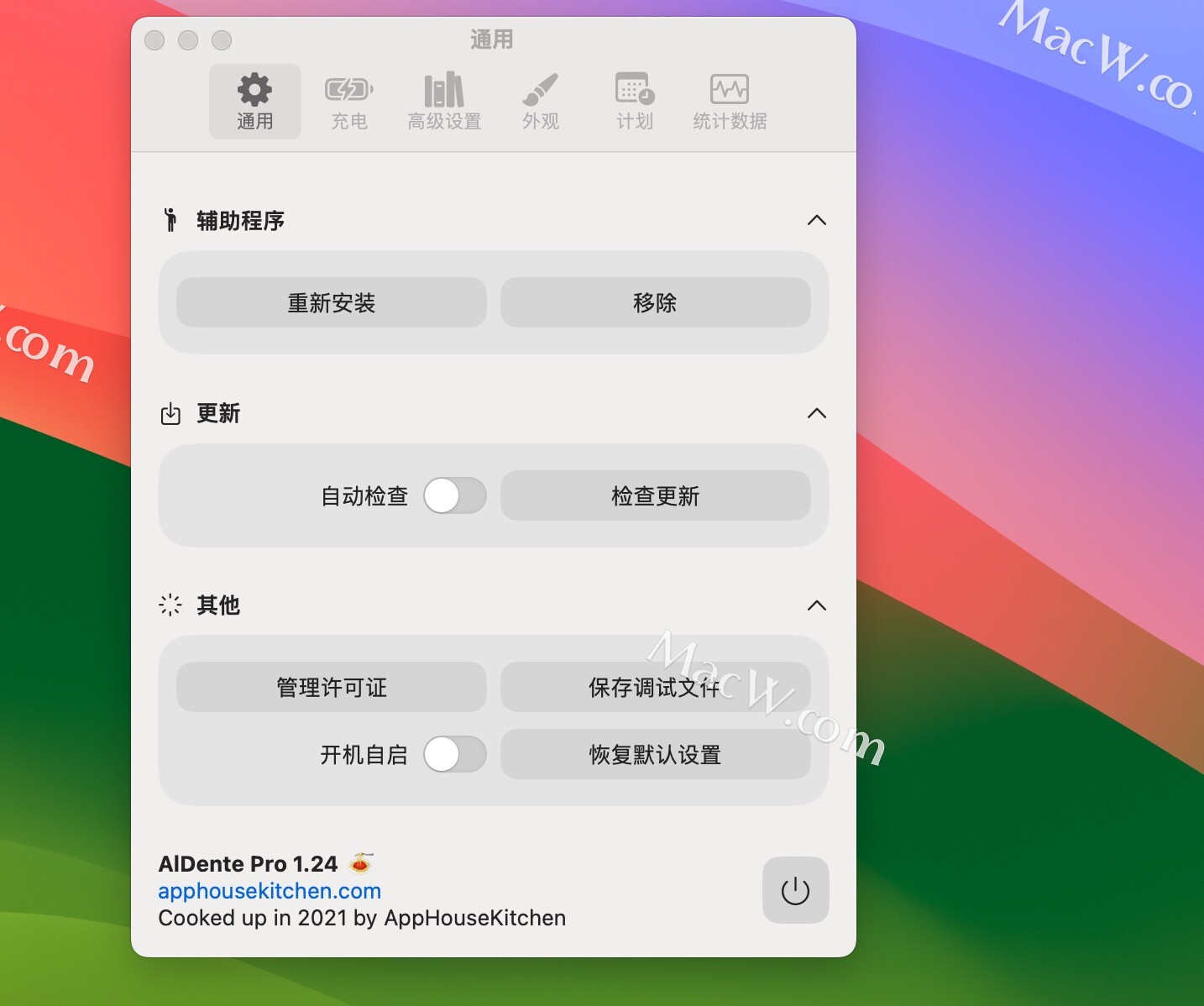
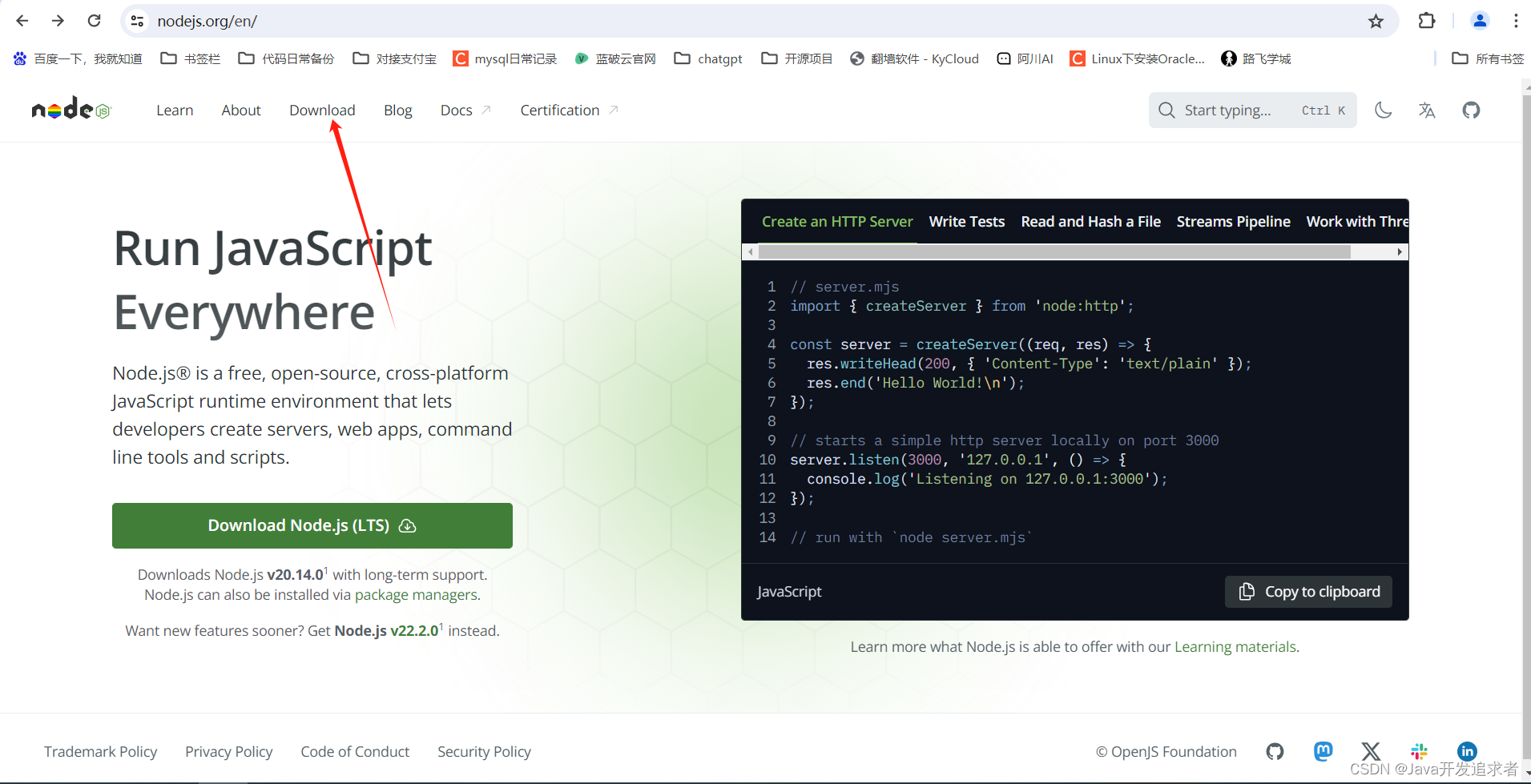


![[自学记录09*]Unity Shader:在Unity里渲染一个黑洞](https://img-blog.csdnimg.cn/direct/506aab167d8a40b995a0392ea744c705.png)
